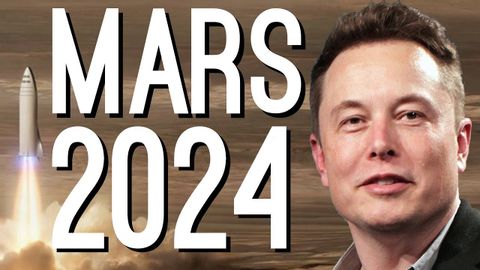
Subtitles & vocabulary
Elon Musk: "We're Going to Mars by 2024"
00
Ntiana posted on 2017/11/23Save
Video vocabulary
align
US /əˈlaɪn/
・
UK /əˈlaɪn/
- Transitive Verb
- To arrange (e.g. objects) in line with one another
- Intransitive Verb
- To be in a line or in the correct position in relation to something else.
B2
More presentation
US /ˌprɛzənˈteʃən, ˌprizən-/
・
UK /ˌpreznˈteɪʃn/
- Noun (Countable/Uncountable)
- Act of giving a formal talk about something
- Way in which something is displayed or shown
A2
More realistic
US /ˌriəˈlɪstɪk/
・
UK /ˌri:əˈlɪstɪk/
- Adjective
- Looks or appears real; like things really are
- Having or showing a practical awareness of things as they are
A2
More stumble
US /ˈstʌmbəl/
・
UK /'stʌmbl/
- Noun
- Failing to do something well, e.g. giving a speech
- Act of tripping and almost falling
- Intransitive Verb
- To fail to perform, e.g. when giving a speech
- To trip and almost fall
B1
More Use Energy
Unlock All Vocabulary
Unlock pronunciation, explanations, and filters
